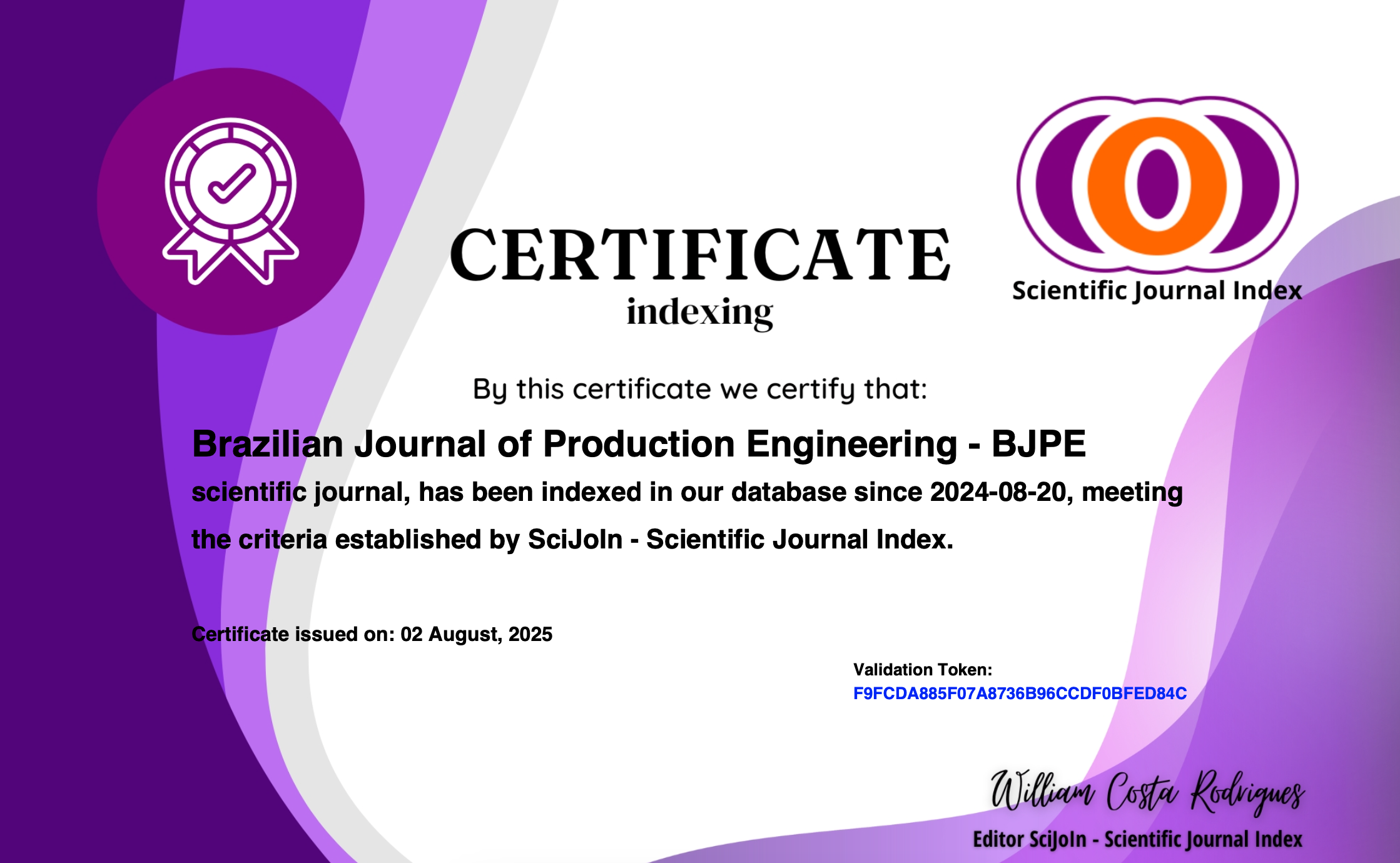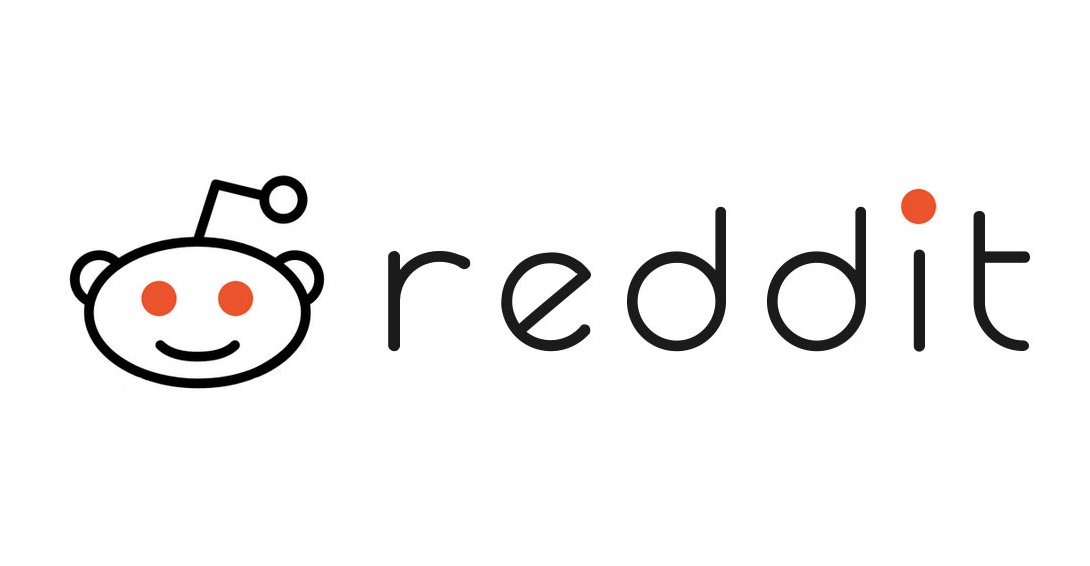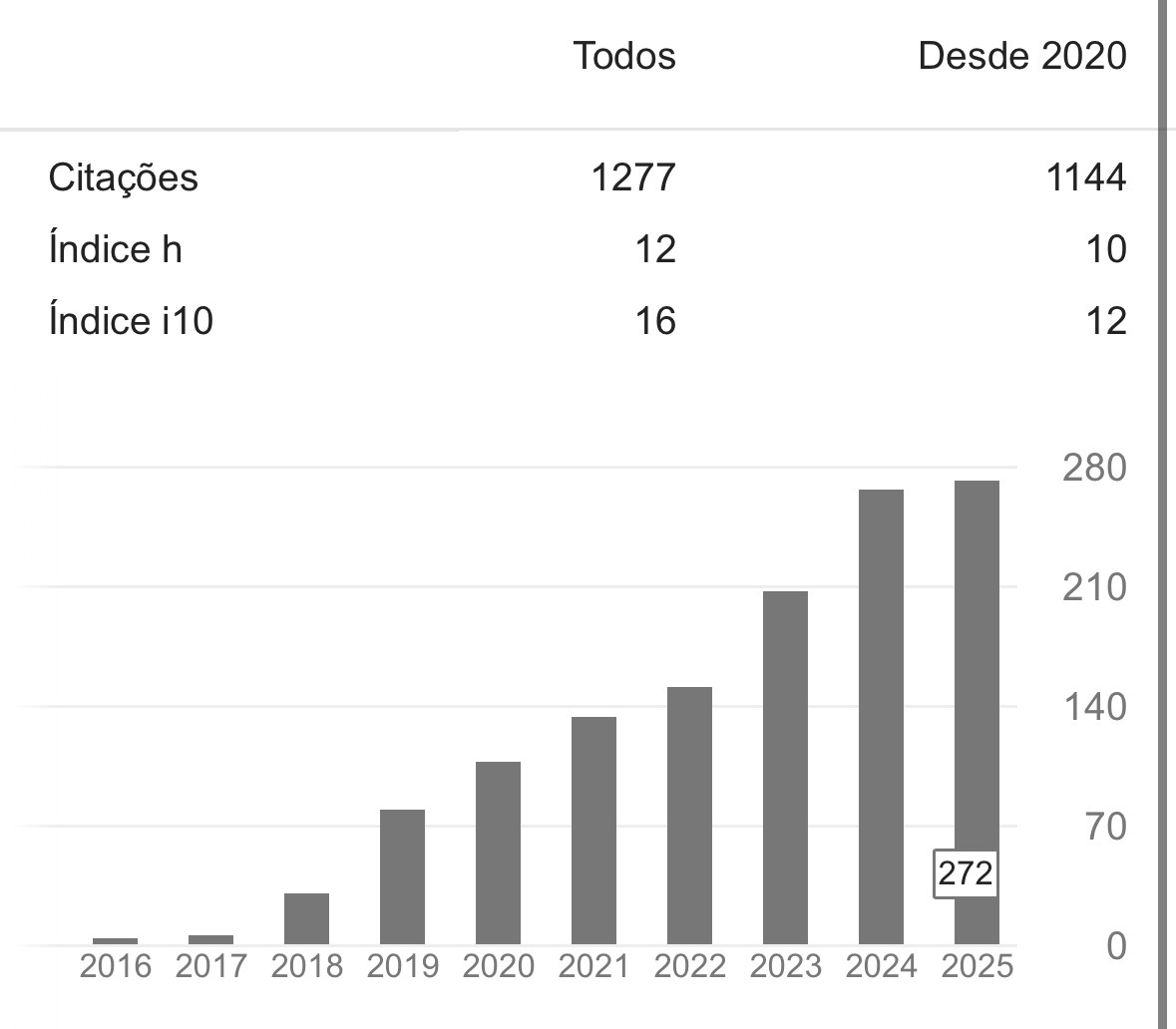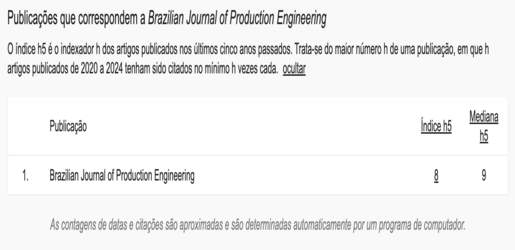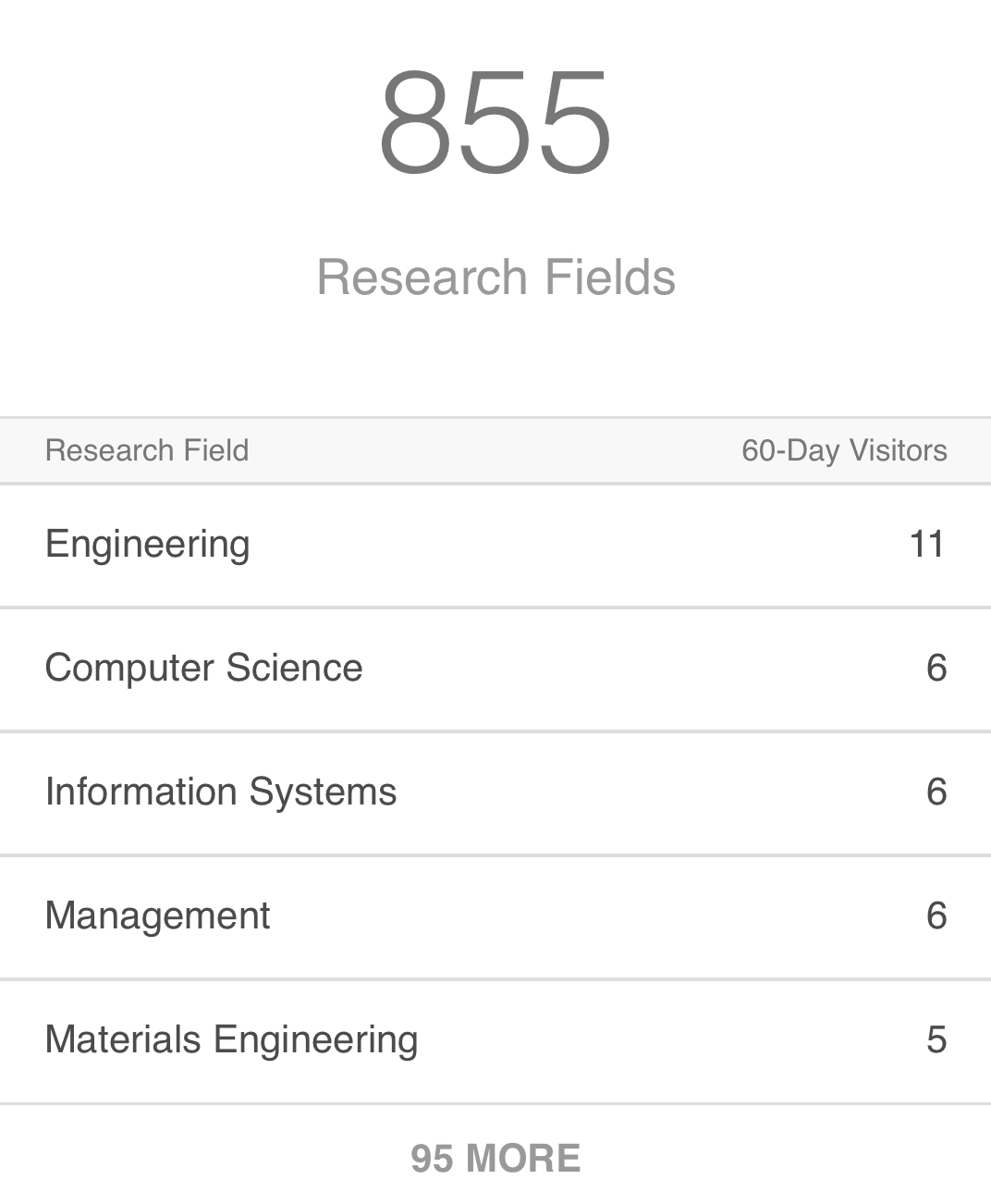O DESIGN CONTRIBUINDO PARA O FRONT END DA INOVAÇÃO
Resumen
Novas ideias levam ao desenvolvimento de novos produtos ou novos métodos de estruturar os negócios da empresa, sendo elas a base para a inovação. O processo de inovação pode ser dividido em três subprocessos: Front End, desenvolvimento e comercialização. Este artigo procura demonstrar por meio de uma análise bibliográfica como os pesquisadores do front end da inovação (FEI) tem utilizado o Design para contribuir neste processo. Este estudo obteve como principal resultado um panorama do período de 2008 a 2017, mostrando as formas de contribuição do design em cada elemento do FEI. A oportunidade é influenciada principalmente pela busca de novos mercados. As ideias por meio do processo de geração de ideias compartilhando o uso das mesmas ferramentas do design; e por fim, o conceito é influenciado pelo fortalecimento de imagem e marca tanto da organização como do produto ou serviço.Descargas
Referencias
ASPARA, J. et al. Exploration and exploitation across three resource classes Market/customer intelligence, brands/bonds and technologies/processes. European Journal of Marketing, v. 45, n.4, p.596-630, 2011.
BAREGHEH, A.; ROWLEY, J.; SAMBROOK, S. Towards a multidisciplinary definition of innovation. Management Decision, v. 47, n. 8, p. 1323-1339, 2009.
BESSANT, J. et al. Managing innovation beyond the steady state. Technovation, v. 25, n. 12, p. 1366-1376, 2005.
BESSANT, J.; MAHER, L. Developing radical service innovations in healthcare: the role of design methods. International Journal of Innovation Management, v.13, n.4, p.555-568, 2009.
BOGERS, M.; HORST, W. Collaborative Prototyping: Cross-Fertilization of Knowledge in Prototype-Driven Problem Solving. Journal of Product Innovation Management, v. 31, n. 4, p. 744-764, Jul 2014.
BRETTEL, M. et al. Cross-Functional Integration of R&D, Marketing, and Manufacturing in Radical and Incremental Product Innovations and Its Effects on Project Effectiveness and Efficiency. Journal of Product Innovation Management, v. 28, n.2, p. 251-269, 2011.
BROWN, T. Design Thinking: uma metodologia poderosa para decretar o fim das velhas idéias. Rio de Janeiro: Elsevier, 2010.
BUZAN, Tony. Mapas mentais e sua elaboração: um sistema definitivo de pensamento que transformará a sua vida. São Paulo: Cultrix, 2005.
CARDILLO, A. et al. Computer-aided embodiment design through the hybridization of mono objective optimizations for efficient innovation process. Computers in Industry, v. 62, n.4, p. 384-397, 2011.
CASCINI, G.; FANTONI, G.; MONTAGNA, F. Situating needs and requirements in the FBS framework. Design Studies, v. 34, n. 5, p. 636-662, Sep 2013.
COOPER, R. G. The innovation dilemma: How to innovate when the market is mature. Journal of Product Innovation Management, v.28, n. 1, p.2-27. (2011).
COOPER, R. G.; EDGETT, S. J.Maximizing productivity in product innovation. Research Technology Management, v.51, n.2, p. 47-58, 2008.
CRESWELL, J.W. Projeto de pesquisa: métodos qualitativos, quantitativos e mistos. 3. ed. Porto Alegre: Artmed, 2010.
CREUSEN, M. E. H. Research Opportunities Related to Consumer Response to Product Design. Journal of Product Innovation Management, v.28, n.3, p.405-408, 2011.
DON-USA. Metrics Guide for Knowledge Management InitiativesReport, Department of the Navy. p.1-78, 2001. Disponível em: <http://scholar.google.com/scholar?hl=en&btnG=Search&q=intitle:Metrics+ Guide+for+Knowledge+Management+Initiatives#5>. Acesso em mar. 2013.
FIXSON, S. K.; MARION, T. J. Back-loading: A Potential Side Effect of Employing Digital Design Tools in New Product Development. Journal of Product Innovation Management, v. 29, p.140-156, 2012.
FONTOURA, Antônio M. EdaDe - Educação de crianças e jovens através do design. Florianópolis, 2002. 337 p. Tese (Doutorado em Engenharia de Produção) - Programa de Pós- Graduação em Engenharia de Produção, UFSC, 2002.
GARCES, G. A.; RAKOTONDRANAIVO, A.; BONJOUR, E. An acceptability estimation and analysis methodology based on Bayesian networks. International Journal of Industrial Ergonomics, v. 53, p. 245-256, May 2016.
GIL, A.C.. Como elaborar projetos de pesquisa. 5. ed. São Paulo: Atlas, 2010.
GILLIER, T.; PIAT, G. Exploring Over: The Presumed Identity of Emerging Technology. Creativity and Innovation Management, v.20, n.4, p.238-252, 2011.
GUO, L. Product Design and Financial Performance. The Design Management Institute. v.5, n.1, p. 5-20, 2010.
HE, B.; FENG, P. E. Guiding conceptual design through functional space exploration. International Journal of Advanced Manufacturing Technology, v. 66, n. 9-12, p. 1999-2011, Jun 2013
HE, B.; SONG, W.; WANG, Y. G. Computational Conceptual Design Using Space Matrix. Journal of Computing and Information Science in Engineering, v. 15, n. 1, Mar 2015.
HURMELINNA-LAUKKANEN, P.; HEIMAN, B. Finding the right problems to solve: value creation unpacked. Baltic Journal of Management, v.7, n.3, p.238-250, 2012.
IM, S., MONTOYA-WEISS, M. M.; WORKMAN Jr., J. P. Antecedents and consequences of creativity in product innovation teams. Journal of Product Innovation Management, v.30, n.1, p.170-185, 2013.
KEINZ, P.; PRÜGL, R. A User Community-Based Approach to Leveraging Technological Competences: An Exploratory Case Study of a Technology Start-Up from MIT. Creativity and Innovation Management, v.19 n.3, p. 269-289, 2010.
KO, Y. T. Modeling a hybrid-compact design matrix for new product innovation. Computers & Industrial Engineering, v. 107, p. 345-359, May 2017
KOEN, P.A.; et al. Providing clarity and a common language to the “fuzzy front end”. Research Technology Management, v. 44, n. 2, p.46-55, 2001.
LE MASSON, P.; HATCHUEL, A.; WEIL, B. The Interplay between Creativity Issues and Design Theories: A New Perspective for Design Management Studies? Creativity and Innovation Management, v.20, n.4, p.217-237, 2011.
LEON, N. The future of computer-aided innovation. Computers in Industry, v.60, n.8, p. 539-550, 2009.
LI, B. et al. Research on Design Innovation Approach to Enhance Product Value Based on Cost Control. In: (Ed.). 3rd International Conference on Education and Social Development. Lancaster: Destech Publications, Inc, v.129, 2017. p.1077-1081.
MALHOTRA, N.K. Pesquisa de Marketing: uma orientação aplicada. 3. ed. Porto Alegre: Bookman, 2001.
MANSOR, M. R. et al. Conceptual design of kenaf fiber polymer composite automotive parking brake lever using integrated TRIZ-Morphological Chart-Analytic Hierarchy Process method. Materials & Design, v. 54, p. 473-482, Feb 2014.
MARTINS, R. F. de F. A Gestão de Design como uma estratégia organizacional: Um modelo de Integração do Design em Organizações. 2004. 202 f. Tese (Doutorado em Engenharia de Produção) – Universidade Federal de Santa Catarina, Florianópolis, 2004.
MARZANO, S. Finding your sculpture. In: IDSA/ICSID CONNECTING’07 CONGESS, San Francisco, 2007. Disponível em <hhht://www.desing.phillips.com/shared/assets/desing/speakers/Connecting_07.pdf>.
MATHEWS, S. Innovation portfolio architecture. Research Technology Management, v.53, n.6, p.30-40, 2010.
MONTOYA-WEISS, M.M.; O'DRISCOLL, T. M. Applying performance support technology in the fuzzy front end. Journal of Product Innovation Management, v.17, n.2, p.143-161, 2000.
MOZOTA, B. B. Gestão do Desing:usando o design para contribuir valor de marca e inovação corporativa. Porto Alegre: Bookman, 2011.
NOBELIUS, D.; TRYGG, L. Stop chasing the front end process: management of the early phases in product development projects. International Journal of Project Management, v.20, n.5, p.331-3340, 2002.
OECD – Organization for Economic Co-operation and Development. Oslo Manual: guide-line for collecting and interpreting innovation data, 2005. 3. ed.
PARK, Y.; FUJIMOTO, T.; HONG, P. Product architecture, organizational capabilities and IT integration for competitive advantage. International Journal of Information Management, v.32, n.5, p. 479-488, 2012.
PEE, L. G. Customer co-creation in B2C e-commerce: does it lead to better new products? Electronic Commerce Research, v. 16, n. 2, p. 217-243, Jun 2016.
PICCINNO, F. et al. Multi-perspective application selection: a method to identify sustainable applications for new materials using the example of cellulose nanofiber reinforced composites. Journal of Cleaner Production, v. 112, p. 1199-1210, Jan 2016.
PIIRAINEN, K. et al. A scenario approach for assessing new business concepts. Management Research Review, v.33, n.6, p.635-655, 2010.
REID, S.E.; BRENTANI, U. The fuzzy front end of new product development for discontinuous innovations: a theoretical model. Journal of Product Innovation Management, v. 21, n. 3, p. 170-184, 2004.
REINERTSEN, D.G. Taking the fuzziness out of the fuzzy front end. Research Technology Management, v. 42, n. 6, p. 25-31, 1999.
SCHLECHT, L.; YANG, M. Impact of prototyping resource environments and timing of awareness of constraints on idea generation in product design. Technovation, v. 34, n. 4, p. 223-231, Apr 2014.
SCHOGGL, J. P.; BAUMGARTNER, R. J.; HOFER, D. Improving sustainability performance in early phases of product design: A checklist for sustainable product development tested in the automotive industry. Journal of Cleaner Production, v. 140, p. 1602-1617, Jan 2017.
SMITH, P.G.; REINERTSEN, D. G. Developing products in half the time. New York: Van Nostrand Reinhold, 1991.
STAPPERS, P. J., et al. Designing for other people's strengths and motivations: Three cases using context, visions, and experiential prototypes. Advanced Engineering Informatics, v. 23, n.2, p.174-183, 2009.
TELENKO, C. et al. A Compilation of Design for Environment Guidelines. Journal of Mechanical Design, v. 138, n. 3, Mar 2016.
TROTTER, P. J. A new modified total front end framework for innovation: new insights from health related industries. International Journal of Innovation Management, v.15, n.5 p.1013-1041, 2011.
WORMALD, P. Value proposition for designers - VP(d): a tool for strategic innovation in new product development. International Journal of Business Environment, v. 7, n. 3, p. 262-280, 2015.
ZHANG, F. L.; YANG, M. L.; LIU, W. D. Using integrated quality function deployment and theory of innovation problem solving approach for ergonomic product design. Computers & Industrial Engineering, v. 76, p. 60-74, Oct 2014.
ZHANG, Z. N.; LI, X. M.; LIU, Z. L. A Closed-loop Based Framework for Design Requirement Management. In: CHA, J.; CHOU, S. Y., et al (Ed.). Moving Integrated Product Development to Service Clouds in the Global Economy. Amsterdam: Ios Press, v.1, 2014. p.444-453.
ZOMERDIJK, L. G.; VOSS, C. A. NSD Processes and Practices in Experiential Services. Journal of Product Innovation Management, v.28, n.1, p.63-80, 2011.
Descargas
Archivos adicionales
Publicado
Número
Sección
Licencia
Derechos de autor 2018 Brazilian Journal of Production Engineering - BJPE

Esta obra está bajo una licencia internacional Creative Commons Atribución-NoComercial-CompartirIgual 4.0.

Todas las obras publicadas en la Revista Brasileña de Ingeniería de Producción (BJPE) están bajo la licencia Creative Commons Atribución 4.0 Internacional (CC BY 4.0).
Esto significa que:
Cualquier persona puede copiar, distribuir, exhibir, adaptar, remezclar e incluso utilizar comercialmente el contenido publicado en la revista;
Siempre que se reconozca debidamente a los autores y a BJPE como fuente original;
No se requiere permiso adicional para la reutilización, siempre que se respeten los términos de la licencia.
Esta política cumple con los principios de acceso abierto, promoviendo la amplia difusión del conocimiento científico.



2.png)
